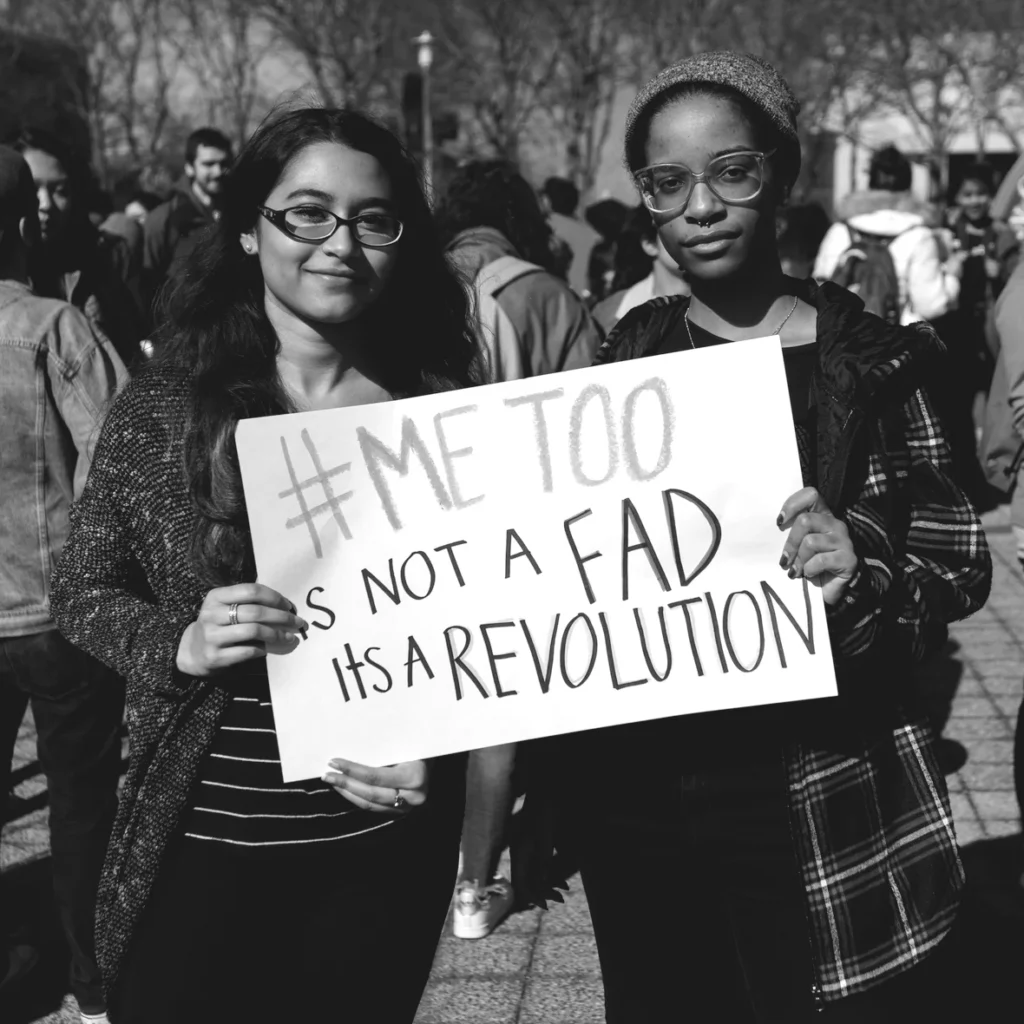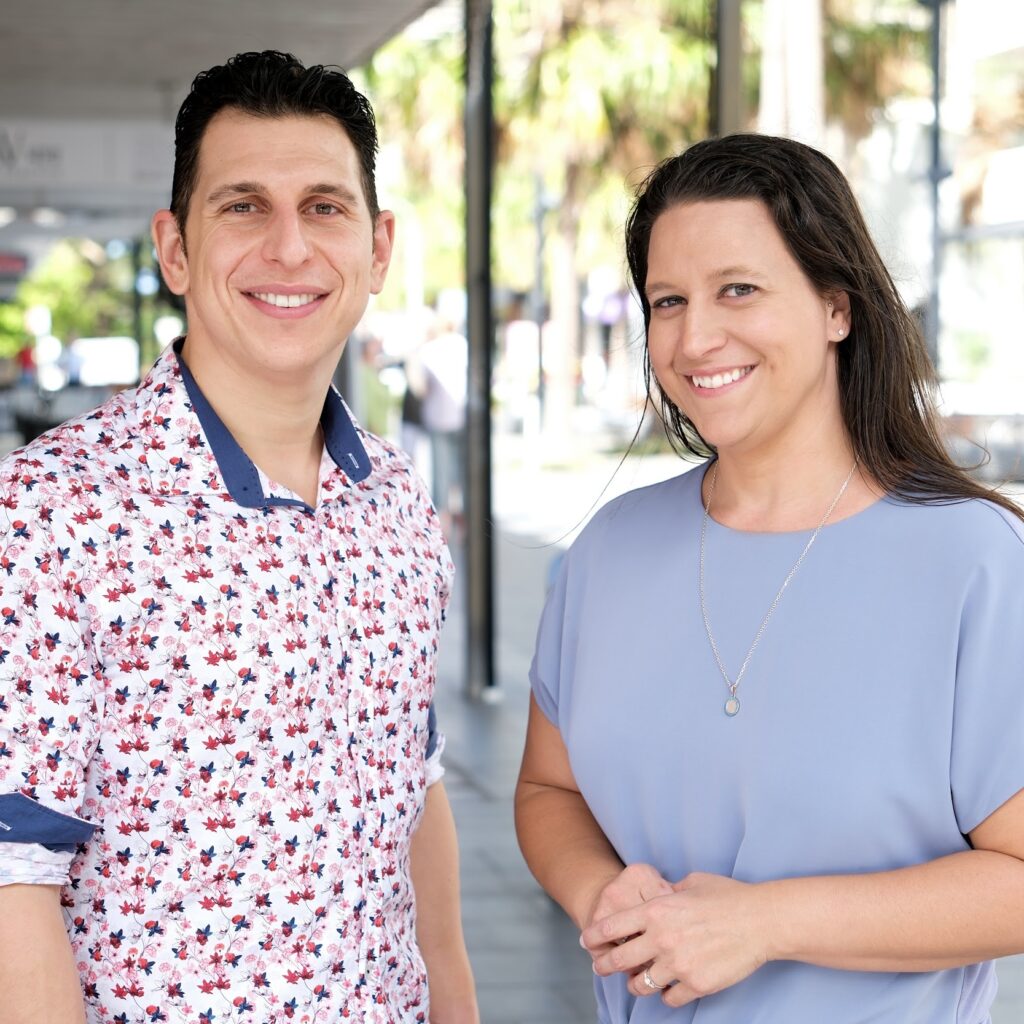As women, we all grow up aware of the persistent and inherent disparity between how women are treated and how men are treated. From a young age, it becomes clear that you must try harder to be taken seriously, that you must win every time to be a champion, that you must fall in line to be accepted. These things can be true for men, too, particularly men who may exist outside of the parameters of what the Western world considers valuable, when taking into account structures such as racial prejudice, homophobia, transphobia and ableism, to name a few. But when you stop and think, or when you hear a piece of history about women’s suffrage, it can be jarring, really, to know how little gender equality there was and how much women have endured through the millions of years of humanity.
It can be easy to only think of feminism as the right to vote, or work, or wear a miniskirt. And of course, these things matter and add to the turbulent topic of feminism, but intersectionality is a huge consideration often left out of the discussion in Western conversations. ‘’All inequality is not created equal’’, a quote by Kimberlé Krenshaw, lawyer and civil rights advocate. She discusses the reality that while all women can be vulnerable to disadvantage, race, ability, education, wealth, and residency, so many other factors can compound this vulnerability. Essentially, while women’s rights are a persistent and current endeavour, beginning since the dawn of patriarchal structures, the reality is that the historical records available regarding women’s history are vast and diverse.
In this piece, some cultural impacts, some considerations, may be omitted or briefly mentioned, mainly for the purpose of word count. But it’s important on International Women’s Day, and every other day, to be aware of the varied experiences of the women around you, the women before you, and the women to come. We are all a part of the big machine of women’s rights, and everything you are aware of impacts your ability to advocate, grow, and lead change in your own life. Essentially, this article seeks to briefly discuss the history of the women’s rights movement, key champions and leaders of change, and how you can be a leader, too.
The History of Women’s Rights and the Feminist Movement
The beginning of the Western women’s rights movement can be narrowed to the late 19th and early 20th century. Before this period of upheaval and change, women were largely reduced to domestic duties and were property to be legally transferred from the ownership of a father to a husband. Their children and their wealth belonged to their husband, so any money they earned was not theirs to keep.
This first-wave of feminism saw the fight for the right to vote, and the right to be present in legal and state discussions. Australia gave women the right to vote with the Commonwealth Franchise Act 1902. This was a monumental win for Australian women, who had been able to own their own property from the 1880s with the Married Women’s Property Act. However, it is imperative to acknowledge that while white Australian women were allowed to vote, First Nations peoples were still excluded until 1962, a shockingly long time for all Australians to be seen as individuals worthy of a voice.

Women protesting for the right to vote in London. Image Credit: Britannica
The second-wave of feminism occurred in the 1960s and 1970s, a movement which questioned the roles of women in society. Yes, women could vote, but their role as housewife and mother were beginning to become tiresome and resented by many modern women.
The Feminine Mystique, a 1963 novel by Betty Friedan, discussed the lack of individuality and personality that a woman’s life had, how women were shaped by the circumstances given to them, rather than driving the circumstances in their own lives. Instead of making decisions based on their ideals and values, their ideals were given to them, their beliefs expected. This period in the late 60s and 70s saw protests for equal employment opportunity, greater access to the pill, and unsegregated education for women and men. This upheaval gave modern Australian women so many of the rights we take for granted now – the ability to go to any school we choose, the ability to take birth control if we want to, the choice to have a career rather than be a mother.
Of course, women worked before the 1960s, but bread winning was still primarily a man’s role, and this limited women to being at the financial mercy of the men around them. Working at a minimum wage secretary job would never allow a woman to be financially free, but this second-wave feminism movement put women in higher-paying positions, with greater authority (although we still see the majority of the leading workforce positions occupied by men but this is a discussion for another time and another 2,000 words).
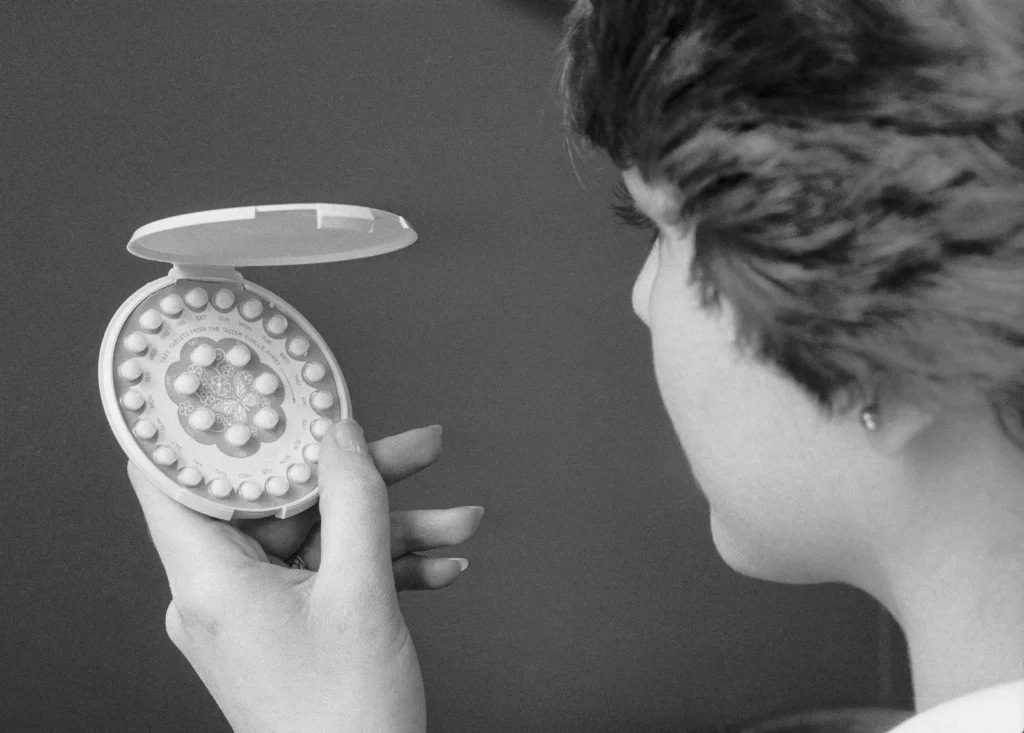
Birth control pills in 1976 in New York. Image Credit: Bettmann/Getty Images
Mostly, though, this period crushed the boxes women had been put into for centuries. Birth control and more equal employment meant women could control when their lives became someone else’s. Being a mother and an employee was not an option for much of modern history, so choosing between child-rearing, and therefore upholding family expectations and often respect, or choosing a career was a real conundrum women had to face. With the pill, women could more easily choose when they had children, allowing them a degree of control over their career and motherhood.
Gender bias puts a lid on women’s capabilities and puts women into boxes of possibility and acceptance. But taking control of your own body, and therefore your own autonomy, means those boxes can be expanded, broken and changed. It also means women have the choice to not take the pill. After all, that’s what feminism can be broken down to: the ability to choose, and be respected regardless of that choice.
There have been many waves of feminism since; we’ve seen the third-wave feminism of the 1990s, which discussed sexual harassment, saw a greater volume of diverse voices in the women’s movement, and generated an array of great art like the music of Fiona Apple and Bikini Kill. However, this movement is riddled with the controversial discussion of sex work rights. The discussion of prejudice within the feminist conversation is a topic still prevalent today, perhaps more so with the advent of OnlyFans and the whole “high value woman” trend.
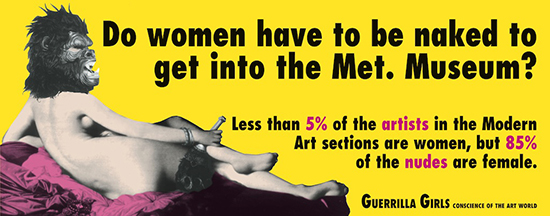
The feminist artist protest group Guerrilla Girls poster, 1989. Image Credit: The Getty Research Institute
Fourth-wave feminism is one that women of our generation have seen and been a part of. This 2010s movement saw the creation of MeToo, bringing to light sexual harassment and sexual abuse cases with bravery and transparency, questioning the sexual roles of women and the intersection of this with law and state. Cases such as Heard vs Depp, Trump’s sexist language being leaked, Harvey Weinstein and more created huge waves of news, with protests for equal pay and equal visibility in legal proceedings regarding sexual violence occurring worldwide.
We are seeing this now too, with the Gisele Pelicot case in 2024, and how this reignited the conversation. Similarly, discussions around gender based violence amplified in 2024 with the murder of Ballarat woman Samantha Murphy. With countless cases like this around the world, the lack of respect toward women is constantly being highlighted, but how much is done about it?
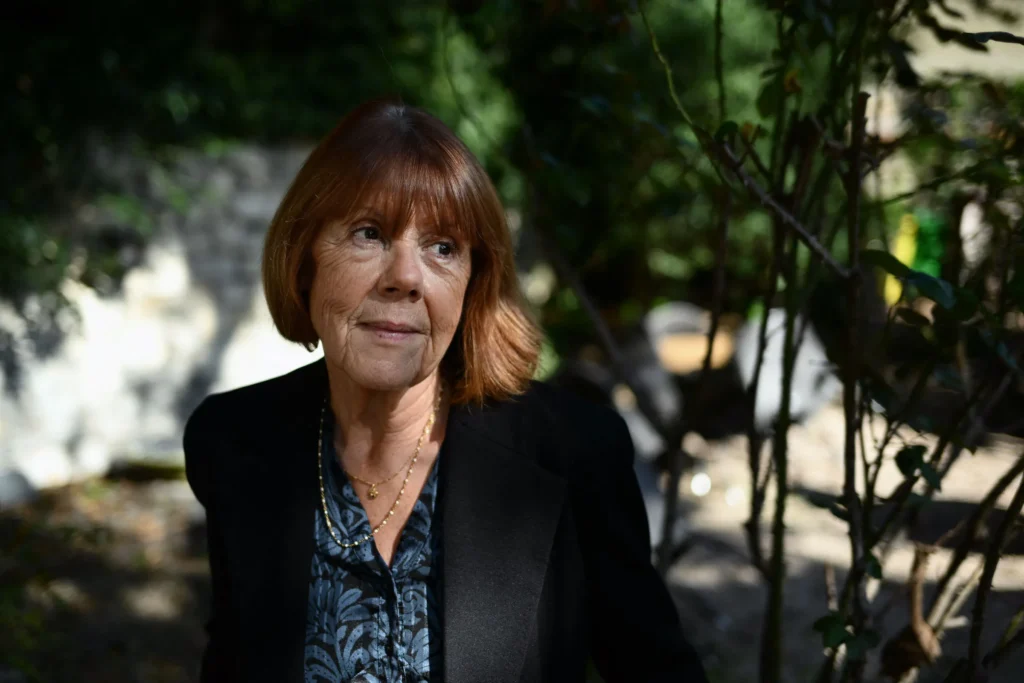
Gisèle Pelicot. Image Credit: Christophe Simon—AFP/Getty Images
Of course, the journey for equality is never-ending. Everyday we see changes to the world which change feminism and women’s rights. Women in the 19th century wouldn’t have considered the impact that deep-fakes and TikTok would have on sexism and the sexualisation of young girls, and women of the 60s didn’t face the backwards steps of the alpha male trend and tradewife controversies. While women have always been working hard to have their voices heard, the work does not stop, it continues on through me and you, and every other woman around the world who stands up for herself and others, and who provides other women the respect and empowerment of being heard and sharing their truth.
On International Women’s Day, and every other day, remember the history standing behind your choices, your beliefs, and values. Being informed is the greatest weapon one can wield.
What Can You Do?
As this article suggests, understanding women’s rights and the history of advocacy is an active thing. It involves continually informing yourself and being aware of news, history and legal changes. As we see currently with the Blake Lively and Justin Baldoni case, or the Ballerina Farms controversy, inequality is occurring everyday, in sometimes minor ways which reflect a larger and more sinister system. So, what can you do to be well-informed and active in driving change? For starters, speaking up. When someone makes a sexist joke, ask them to explain it. When your friend questions her own self-worth, break the reason down together and lift her up. See a therapist for relationship healing, for self-growth and self-perception. Talk to your women relatives about their experiences and learn learn about current cases of gender based violence and prejudice.
Vote for people who defend your beliefs, and when you speak about other women, consider the fact that they are an individual, just like you, but are not a carbon-copy of your choices and values. We are all unique and different, but our vulnerability and strength unifies us. Upholding that and being aware of that allows you, and those around you, to be drivers of change and empowerment, rather than a passive observer to the movements that take place in our country and world. Mostly, though, be yourself, authentically and without shame.
Voices, Accomplishments and Impacts
Below is a list of prominent women in the journey for gender equality, as well as a list of resources to pursue.
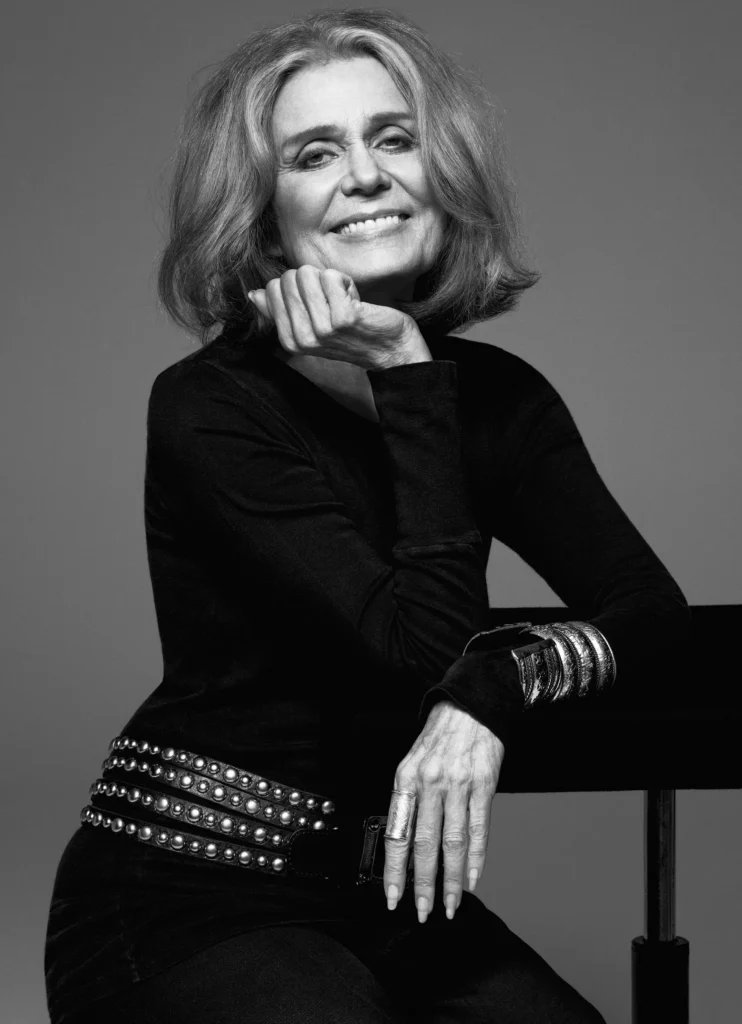
Image Credit: Inez and Vinoodh/ The New Yorker
Gloria Steinem
Steinem is a prominent voice in journalism, arguing for equality of women’s voices in publications such as New York magazine. She published many articles and books over the course of political activist career, which still continues today. Her unique experiences as an ex-Playboy bunny and the granddaughter of a suffragette make her perspective unique. She advocated for women to be taken seriously in political journalism by modelling it herself.
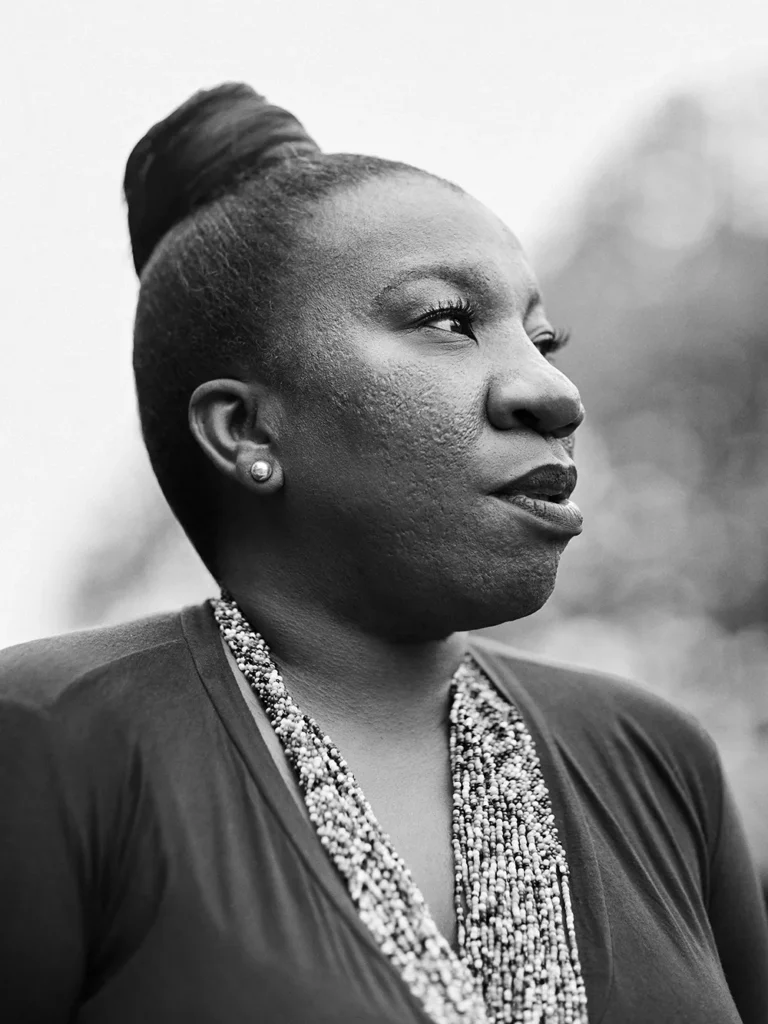
Image Credit: Nyra Lang
Tarana Burke
Burke is the founder of the MeToo movement. In her youth she launched various groups to advocate for equality and change regarding women’s rights and racial prejudice. She acknowledged and called to light the reality of sexual abuse and violence that women endured, highlighting this through the creation of the MeToo movement, which Burke states is not a point in time but an ongoing commitment to change for black women and girls.
Women inventors who deserve greater recognition for their impact on the world:
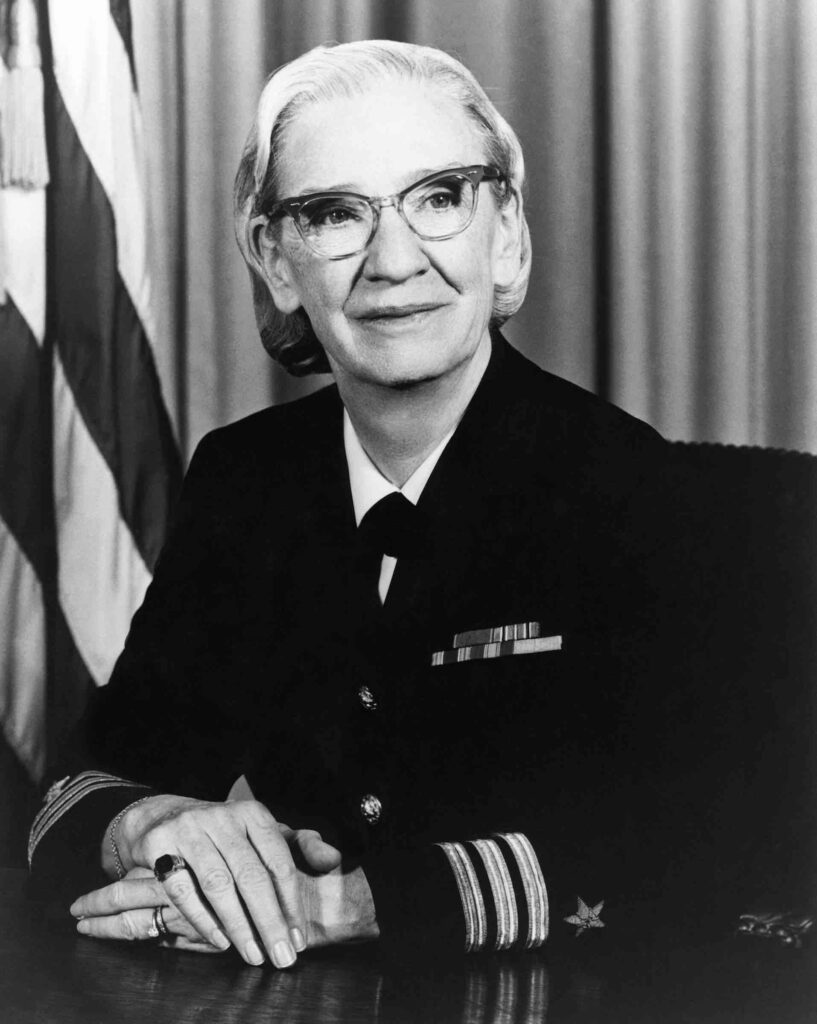
Image Credit: Vassar Archives
Grace Hopper
Hopper studied her Master’s degree and PhD in mathematics at Yale in the 1930s, generating a lifelong commitment to STEM. After joining the Navy and working on programming during World War II, Hopper created the first letter-based programming for computers. She invented FLOW-MATIC, which utilised English words rather than mathematical symbols, and could also be translated into other languages. Her pioneering in STEM makes her a prominent voice of women’s activity in the sciences and mathematical industries.
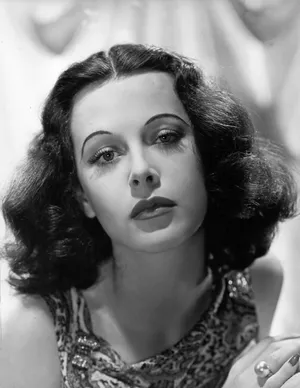
Image Credit: Britannica
Hedy Lamarr
Another example of women in STEM, Lamarr was a golden-age Hollywood actress, famous for her looks and roles in high-profile films. However, Lamarr is also responsible for creating the technology from which spawns WiFi, the GPS and Bluetooth. Despite inventing things such as soda and various wings for airplanes before World War II, the war effort inspired Lamarr to work with composer and director George Antheil to create a form of radio-wave communication which could guide a torpedo to its target. The technology wasn’t recognised as Lamarr’s until 1997, despite being invented in 1942.
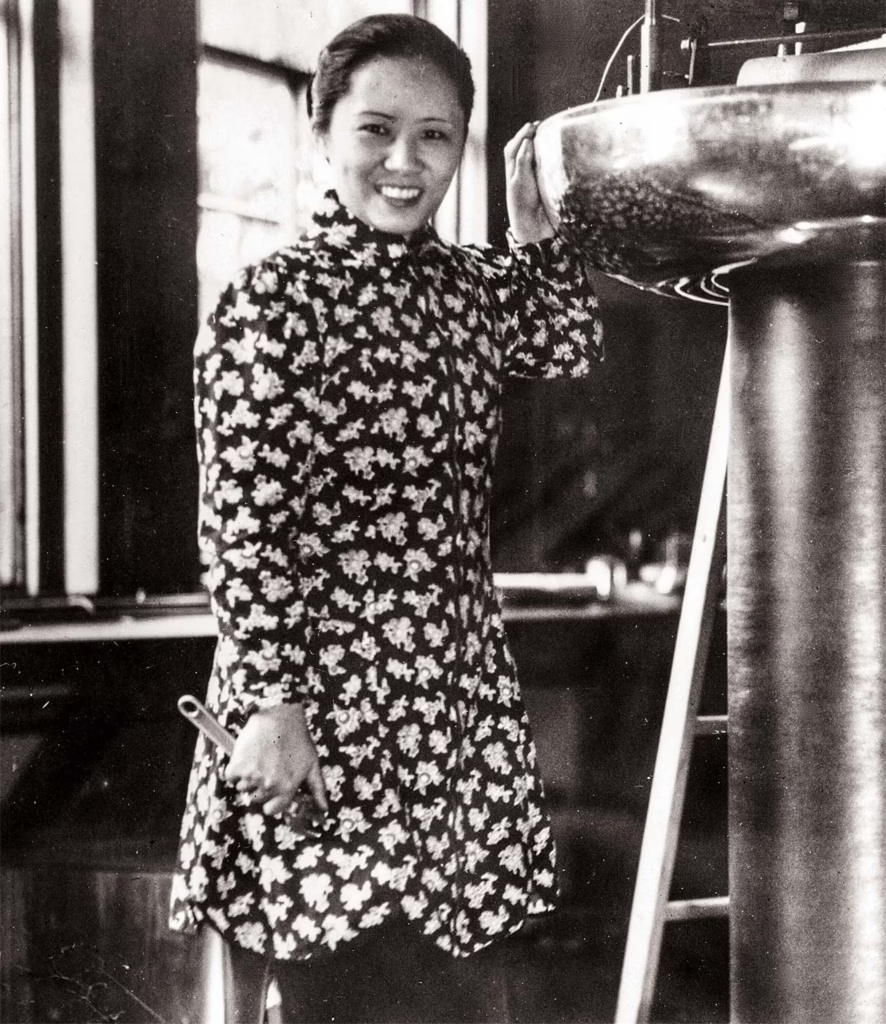
Image Credit: National Geographic
Chien-Shiung Wu
Wu discovered that the Conservation of Parity, which implies that nature is symmetrical and does not distinguish between right or left sides of a subatomic particle, could be disproved through an experiment conducted in 1956. She worked on the first nuclear bomb, and while her partners on the parity project got a Nobel Prize for their discovery, she was omitted from the recognition, highlighting the sexism faced by marginalised people.
Books, Films and Talks to Learn From
This article is the briefest overview imaginable of what women have fought for over the centuries. There are of course a million other histories, perspectives, learnings and voices to be heard. Below is a list of books, movies, discussions and podcasts to watch, read and listen to regarding feminism and women’s rights, on varying scales of seriousness:
- A Room of One’s Own by Virginia Woolf
- Little Women (2019) directed by Greta Gerwig
- Women’s History Museum Archive
- The Feminine Mystique by Betty Friedan
- Pride and Prejudice by Jane Austen
- Polyester Zine Podcast
- Promising Young Woman (2020) directed by Emerald Fennell
- I Know Why the Caged Bird Sings by Maya Angelou
Read more of our International Women’s Day articles here.

